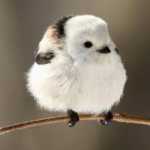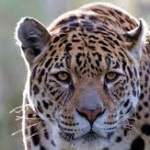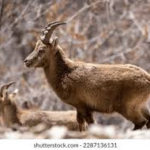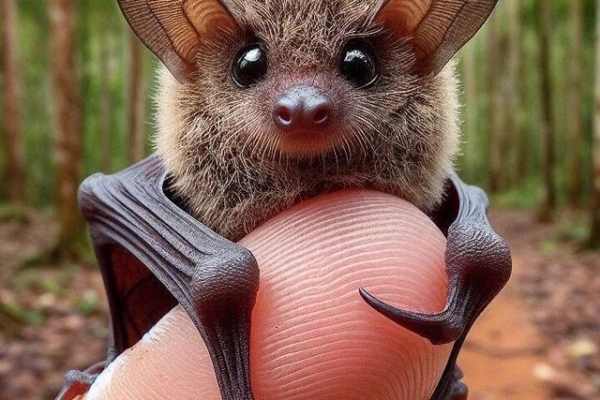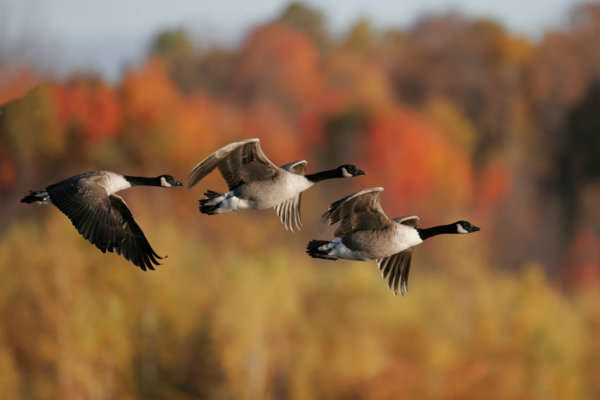
Grenadier Fish.
Grenadier fish, also known as Macrouridae, are a family of deep-sea fish characterized by their long, tapering bodies and large heads. The name “grenadier” often refers to their grenade-shaped body profile. These fish are found in a wide range of depths, typically in the deep ocean, and are distributed globally in both temperate and cold…


